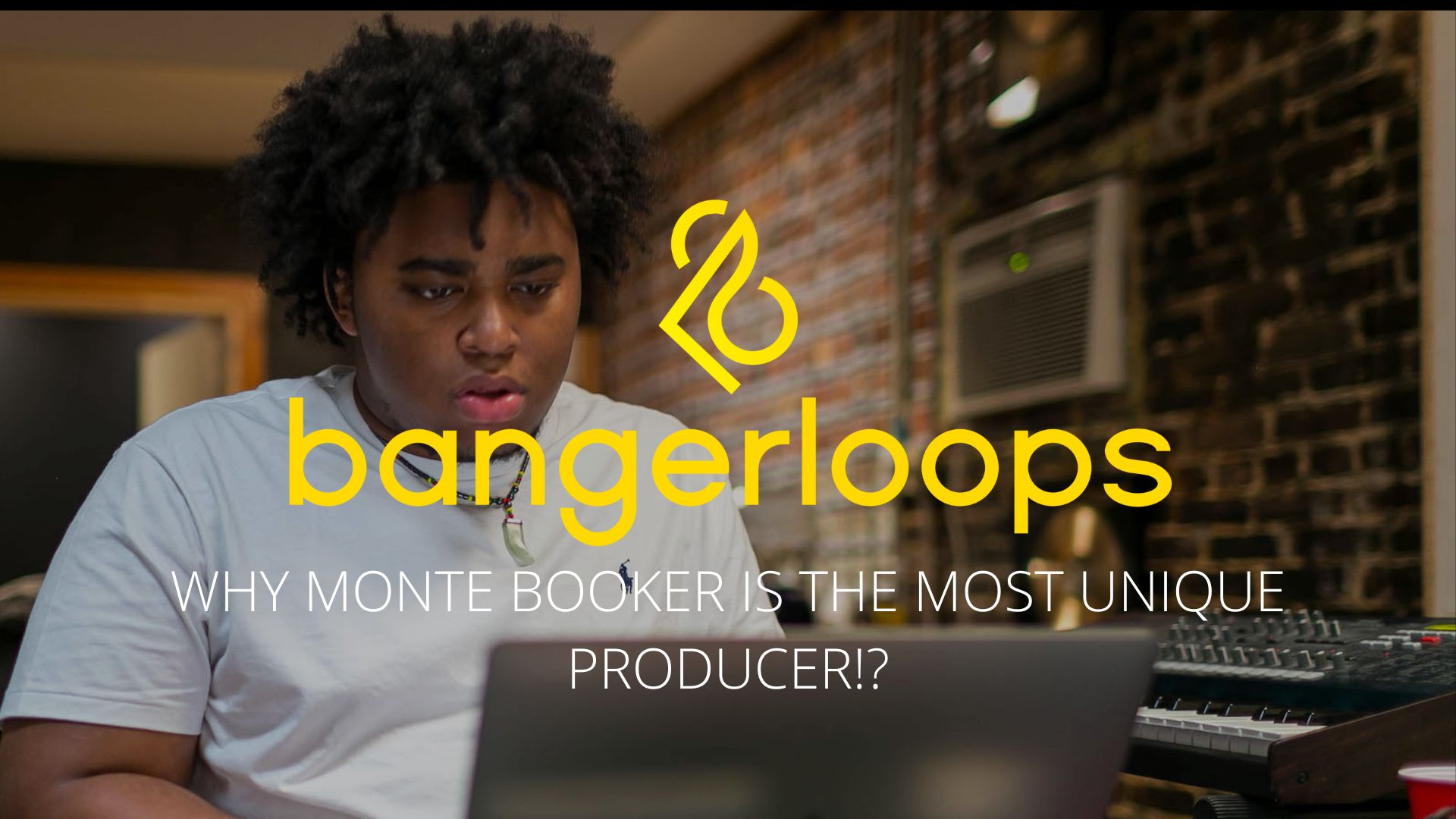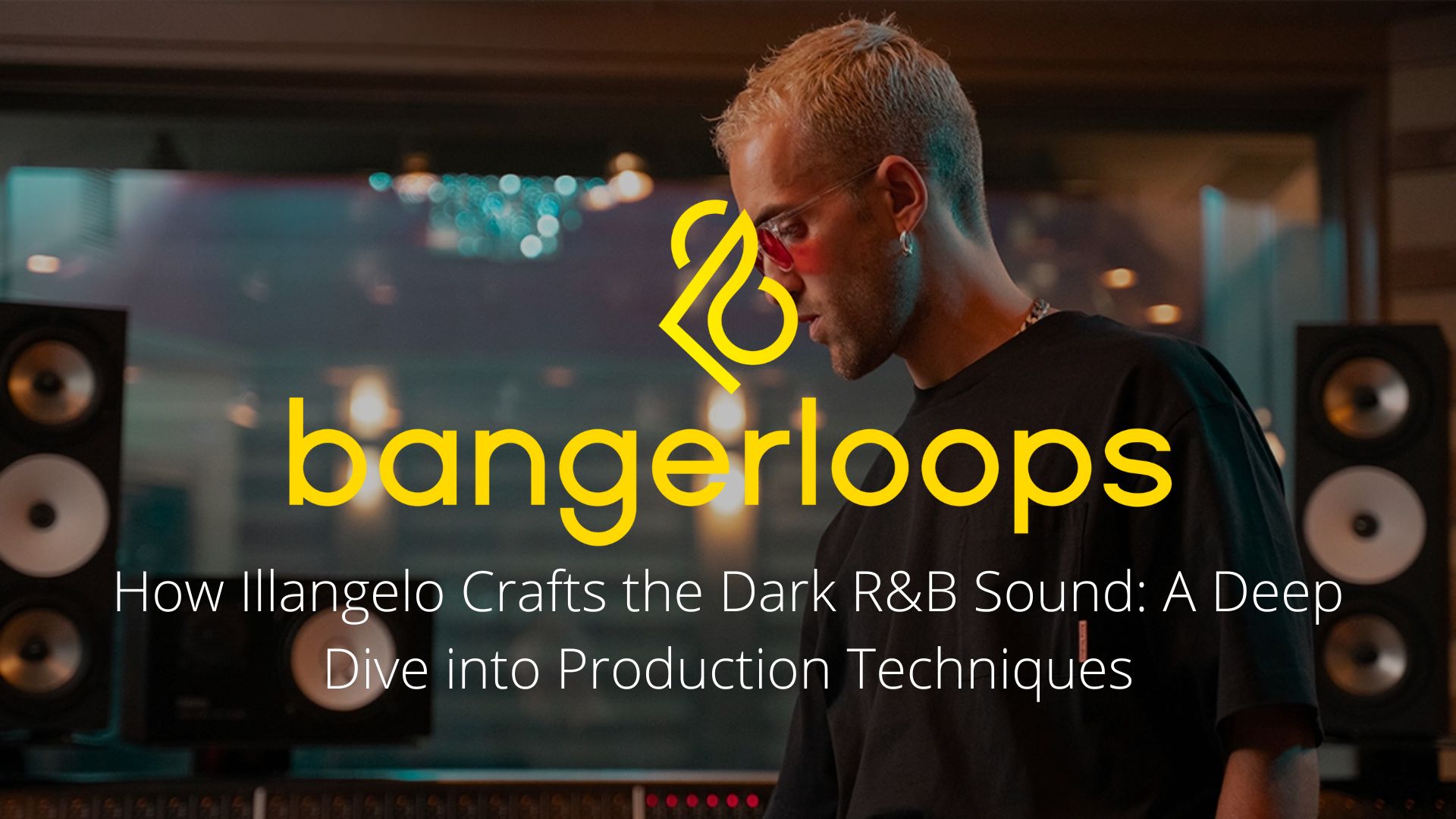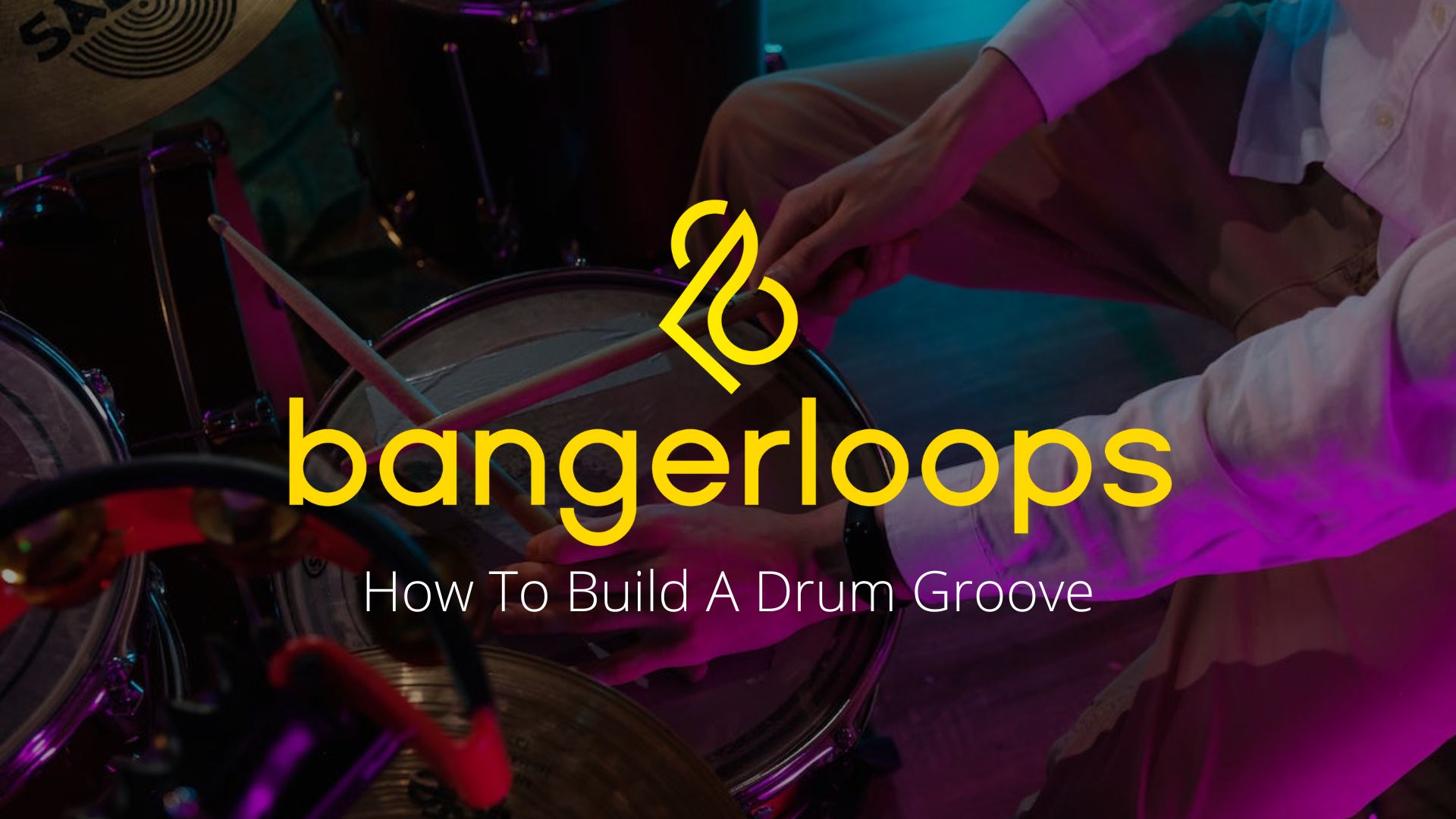In the wide and dynamic field of content development, each aspect contributes considerably to defining the audience’s experience. While graphics clearly play a key part, the frequently unsung hero in this creative world is sound, weaving emotions and improving engagement. This article discusses the world of sound and looks into why royalty-free sounds have become a vital tool for content creators. We will navigate through legal considerations, explore their impact on project quality, and provide assistance on picking the correct sounds for your creative pursuits.
Table of Contents
The Impactful Role of Sound in Content Creation
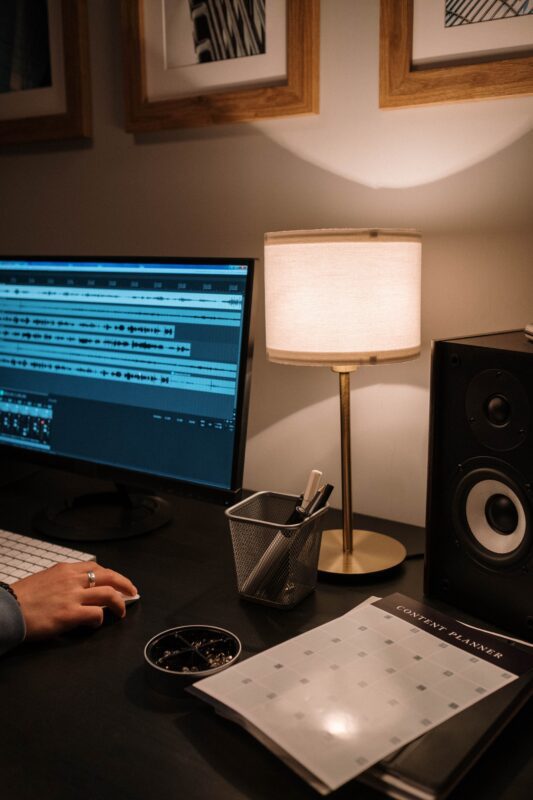
Sound possesses a unique potential to provoke emotions, create atmospheres, and make connections with the listener. Think about your favorite movie scenes—the music, the subtle ambient sounds—they all contribute to the overall impression. Imagine the same moments with generic or mismatched sounds; the magic would be lost.
Embracing Royalty-Free Sounds: A Legal Lifesaver
In a world where copyright violation can lead to serious consequences, royalty-free sounds emerge as saviors for content creators. These are sounds for which the user pays a one-time licensing price and can then use them without worrying about additional expenses or legal difficulties. This strategy contrasts strongly with employing copyrighted sounds, where legal concerns can occur and the artist may face substantial fines.
Navigating Legal Considerations in Creative Projects
As the digital landscape advances, the legal elements of content creation grow increasingly complex. Using copyrighted sounds without legal license can result in serious ramifications. Content makers must be aware of the risks and potential legal ramifications of ignoring licensing agreements.
Elevating Project Quality with Royalty-Free Sounds
One of the key advantages of using royalty-free sounds is the flexibility it affords. Creators can alter the sounds to reflect the unique requirements of their projects without worry of legal ramifications. This flexibility not only saves time but also provides for a more tailored and high-quality end product.
Choosing the Right Royalty-Free Sounds for Your Project
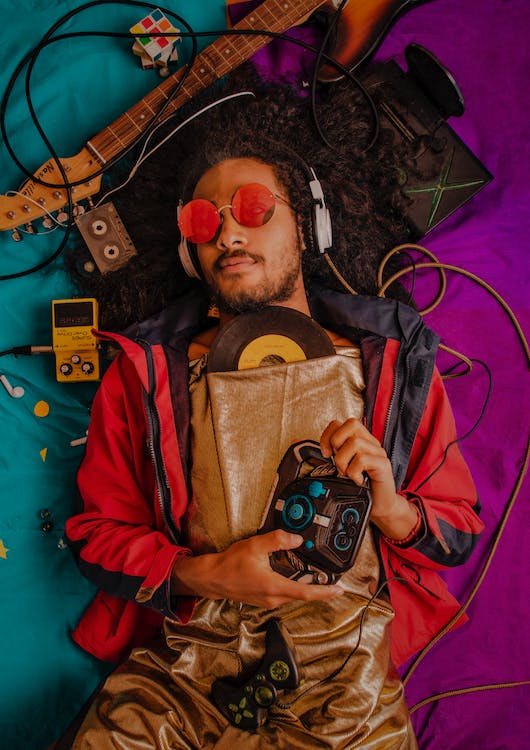
Selecting Sounds Based on Genres
Choosing sounds that correspond with your project’s genre is vital. For example, energetic music might work well for a promotional video, while ambient noises could improve a documentary. Understanding the subtleties of different genres assists in producing a unified and engaging experience for the audience.
Considering Emotions and Atmospheres
The vibe of your project is largely determined by the sounds you chose. A horror picture wants scary and suspenseful noises, whereas a cheery advertisement requires uplifting and pleasant tones. Consider the emotional impression you wish to produce and select sounds that match that goal.
Licensing Terms and Their Implications
Understanding license terms is crucial for avoiding legal difficulties. Exclusive licenses offer single usage rights, while non-exclusive licenses allow numerous users. Commercial use permits authorize sound usage in projects with monetary gains. Carefully examining these phrases ensures that the sounds correspond with your project’s distribution and goal.
Evaluating Sound Quality
High-quality audio is non-negotiable in multimedia creation. Poorly recorded or compressed sounds might detract from the overall quality of your project. When exploring through royalty-free collections, prioritize sounds that satisfy your quality standards.
The Role of Originality in Sound Selection
While royalty-free libraries offer a huge choice of sounds, aim for individuality. Overused noises might lessen the effect of your endeavor. Aim to build a unique personality by researching less popular sounds or even considering making your own.
The Legal Landscape of Royalty-Free Sounds: What You Need to Know
Understanding Licensing Types
Creative Commons licenses come in numerous formats, each with its own set of freedoms and restrictions. Public-domain sounds are allowed to use without any licensing constraints, but royalty-free sounds may still have some conditions. Familiarizing oneself with these licenses is vital for legal compliance.
Attribution Requirements
Some royalty-free sounds demand attribution to the original artist. Understanding and following these rules is a gesture of respect for the creators and assures compliance with licensing agreements.

Potential Pitfalls in Using Royalty-Free Sounds
Misconceptions concerning royalty-free licensing exist. Some designers wrongly believe that once they purchase a sound, they can use it whatever they wish. Real-world examples highlight the need for understanding licensing agreements to avoid legal entanglements.
Best Practices for Integrating Royalty-Free Sounds into Projects
Integrating sound seamlessly into your designs demands considerable attention. Ensure that the noises complement rather than distract from the pictures. Maintain consistency in the use of sounds to enhance the overall user experience.
Benefits of Creating Your Own Sound
While royalty-free libraries offer a large range, generating your own sounds gives a level of exclusivity and uniqueness to your productions. Consider researching sound creation to bring a personal touch to your material.
Real-world Success Stories
Several projects have gained success by deliberately utilizing royalty-free audio. Creators share their experiences and views, stressing the enormous impact that sound decisions may have on audience reception.
In Conclusion
In the dynamic world of content development, the role of sound cannot be emphasized. Royalty-free sounds not only guarantee legal security but also increase the quality of projects. By understanding the legal situation, picking suitable sounds, and integrating them effectively, content makers can enhance their work and create unique experiences for their audiences.
FAQs
- Can I use royalty-free sounds for commercial projects?
- Yes, many royalty-free sounds come with commercial licenses, allowing their use in projects with monetary rewards.
- Do I always need to offer attribution for royalty-free sounds?
- Not always, although certain licenses require correct attribution. It’s vital to check the licensing terms for each sound.
- What is the difference between royalty-free and public-domain sounds?
- Public domain sounds are totally free to use without any restrictions, but royalty-free sounds may have some constraints despite being free of ongoing royalties.
- Can I modify royalty-free sounds for my project?
- In most circumstances, yes. However, it’s necessary to examine the precise licensing terms of each sound to ensure compliance.
- Is it required to acquire royalty-free sounds, or are there free solutions available?
- Many sites offer both free and premium royalty-free sounds. The choice depends on your project’s requirements and budget.


